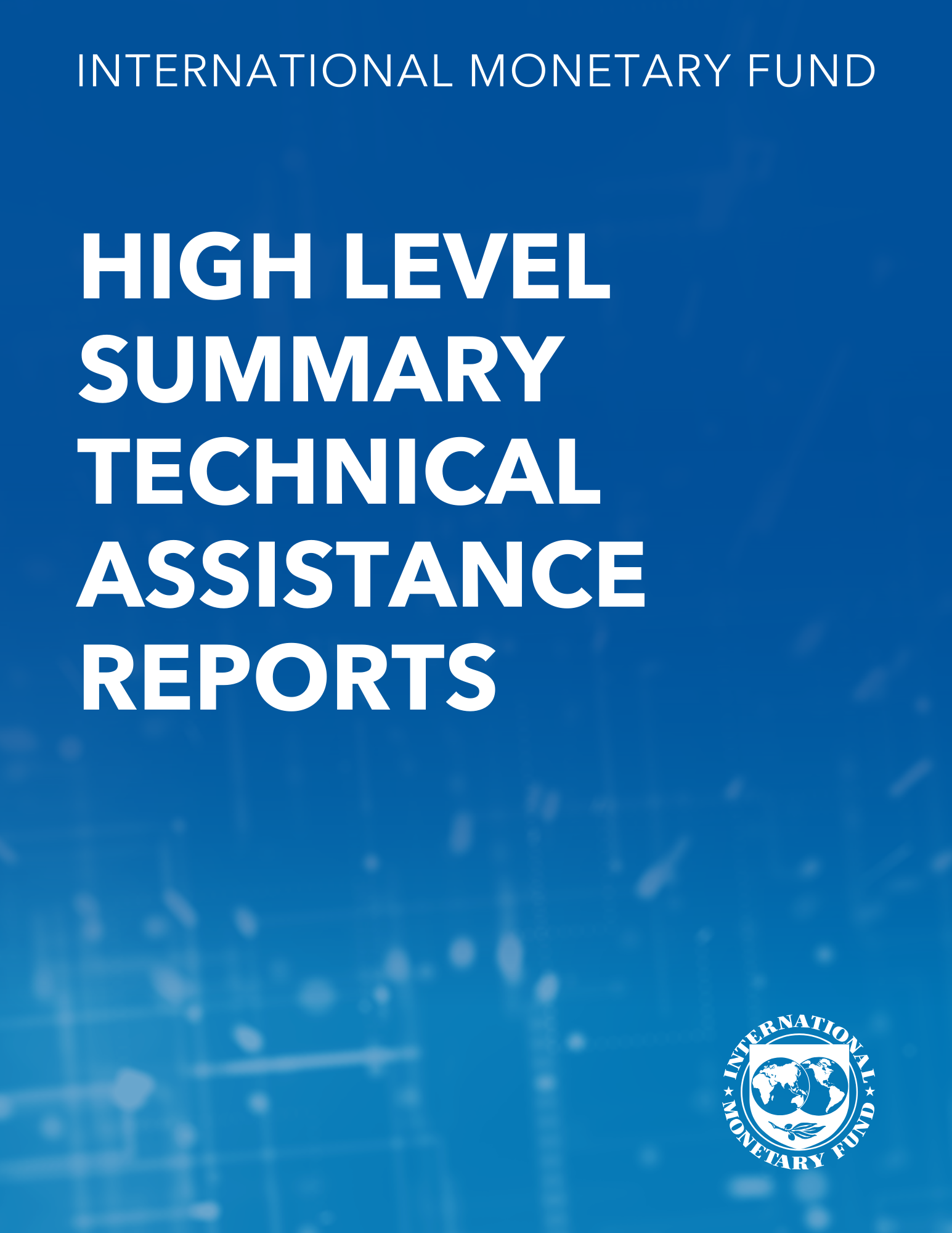Real Effective Exchange Rate and Trade Balance Adjustment: The Case of Turkey
June 28, 2019
Disclaimer: IMF Working Papers describe research in progress by the author(s) and are published to elicit comments and to encourage debate. The views expressed in IMF Working Papers are those of the author(s) and do not necessarily represent the views of the IMF, its Executive Board, or IMF management.
Summary
Subject: Foreign exchange, Income, International trade, National accounts, Real effective exchange rates, Real exports, Real imports, Trade balance
Keywords: ARDL model, consumer goods, exchange rate, export-import ratio, Global, growth differential, Income, income elasticity, interaction term, long-run elasticities coefficient, long-run REER elasticity, Real effective exchange rates, Real exports, Real imports, REER, REER depreciation, REER elasticity, Trade balance, trade elasticity, WP
Pages:
38
Volume:
2019
DOI:
Issue:
131
Series:
Working Paper No. 2019/131
Stock No:
WPIEA2019131
ISBN:
9781498312738
ISSN:
1018-5941






